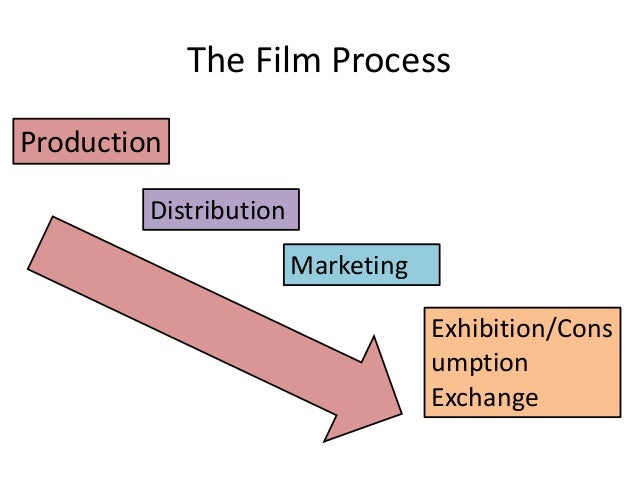Production Cycle
The production process refers to the stages (phases) required to complete a mediaproduct, from the idea to the final master copy. The process can apply to any type ofmedia production including film, video, television and audio recording.
This process involves five stages that is pretty much standard across the board. The filmmaking production cycle revolves around these five stages, making it an orderly process that somehow provides structure to the whole production process that typically involves hundreds of people. Here are descriptions of each of the five stages of filmmaking.
This process involves five stages that is pretty much standard across the board. The filmmaking production cycle revolves around these five stages, making it an orderly process that somehow provides structure to the whole production process that typically involves hundreds of people. Here are descriptions of each of the five stages of filmmaking.
1. Development
The first part of the stages of filmmaking is where the idea for the film is born. Concepts from a book, a play, true stories, other movies or original ideas are pondered upon and developed to create a viable theme, synopsis and eventually, a script. Once an idea for a story is created, a treatment for it is produced. This is a 25 to 30 page description of the story, the characters and the mood. It usually comes with some visualizations to highlight the key points or moments in the movie. A distributor will be consulted regarding the market that is likely to be the target for this kind of movie and once that is settled, a screenplay is developed over a period of several months. Once a clear picture of the movie is painted, a pitch is then prepared to be presented to potential directors. When a pitch is approved, financial backing is then sought from a major studio, an independent investor or a film council. Negotiations are conducted and contracts are signed. The movie is now given the go signal to be produced.
2. Pre-Production
On this stage of the production cycle, plans and designs are made in preparation for the production of the movie. A schedule is drawn up for the actual shooting while budgets are allocated and storyboards drawn. Everything that is needed for the movie is prepared like sets, costumes and props, equipment, music, and makeup. The cast and crew are also recruited in this stage. These people include the director, the casting director, the location manager, the production manager, the director of photography, the production designer, the sound designer, the art director, the music composer, the choreographer and of course, the actors. Once everything is assembled, the movie is now ready to be made.
3. Production
The actual shooting of the movie happens in this stage. Shooting involves setting up props, lighting being rigged and actors being put in their respective costumes. All the clips shot in a day are processed roughly and it is then viewed by the director and select members of the crew. This is done regularly so the crew and the cast are kept motivated and aware of how the movie is progressing. The director declares “It's a wrap!" when the shooting is over and all scenes are done. The movie is now in the can and the cast and crew celebrate this usually with a wrap party.
4. Post-Production
In this stage, the movie is edited and polished. Undesirable scenes are cut or shortened to service the overall narrative. The final sound mix is created and the voice recordings are synchronized with the entire movies. Special effects are added, including the opening titles and the closing credits. Once this is done, the movie is now considered locked. The final cut is now ready for printing, duplication and distribution.



Comments
Post a Comment